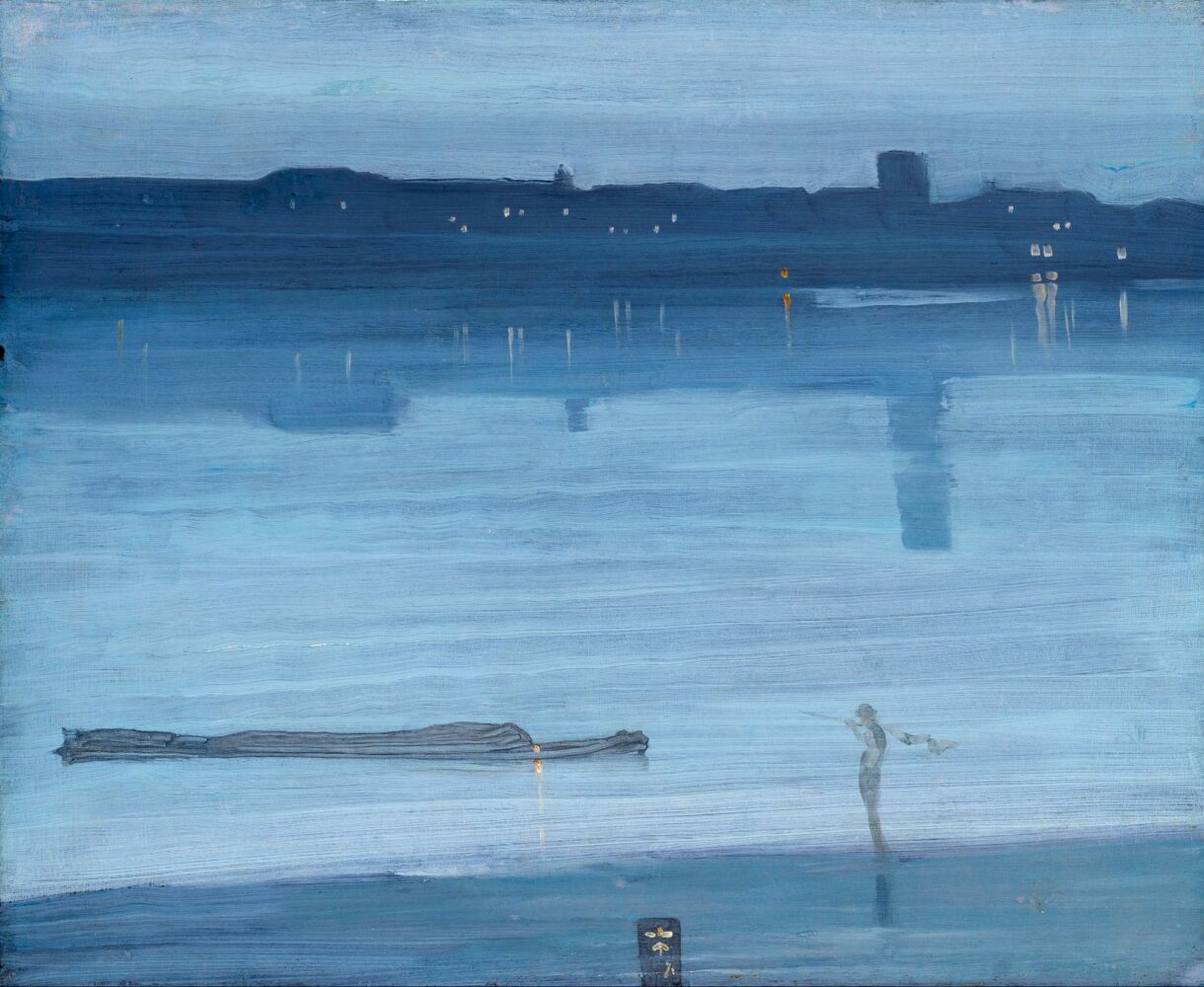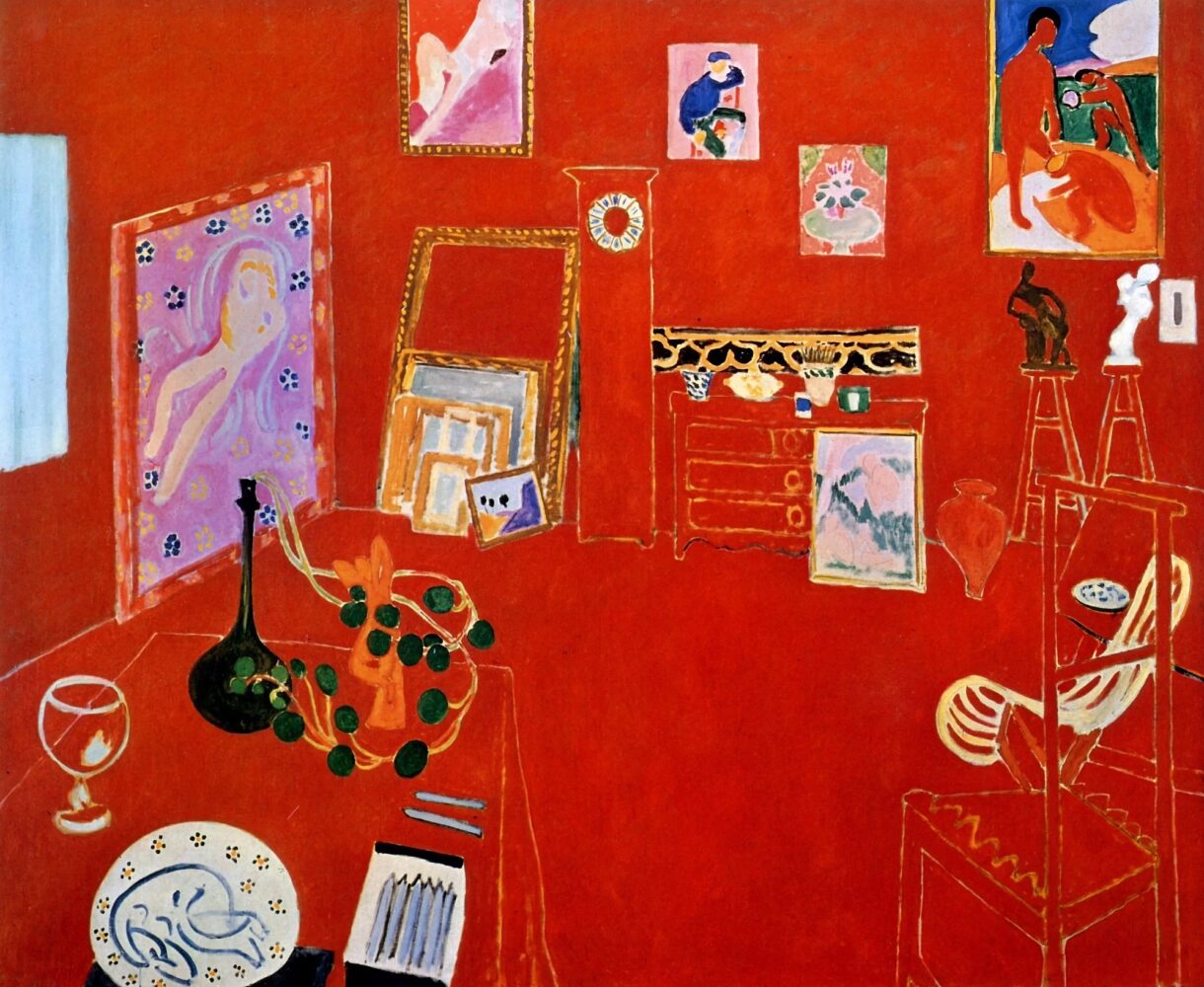Contents
1. Tones and a Scale
Western music theory is built on the basis of twelve tones, as represented by the piano keyboard.
These are like “colored pencils”, with which you paint music. you don’t necessarily use all the 12 tones to write a song. Especially in loop-style music, the same tone is used over and over again, to create a colorless, static mood.
While in other genres 12 tones are fully utilized to develop a chromatic, gorgeous mood.
As the word “tone” is used also for colors, you can really understand music by analogy to paintings—Selection of tones defines the basic mood of a composition.
Assembling a “tone palette” is the very basis for songwriting. A set of selected tones is called a Scale.
- Scale
- A collection of pitches that are utilized to make phrases or chords.
Amid a song you can bring different scales to change a mood. But note that; it is fundamental in popular music that all the instruments play the same scale in a scene. Otherwise music easily goes messed up. (Using multiple scales in parallel is a very challenging way of composing.)
2. Comparing the Sounds of Scales
Now, let’s listen to several scales to feel the difference of moods they produce!
Scale(1)
Firstly, have a listen to the most basic scale that uses 7 white keys.
I chose chip-tune style here so that your impression will not be affected by timbre of the instruments.
How does it sound to you? Generally speaking, This scale is good at creating light, cheerful moods.
Scale(2)
Secondly, let’s make another only-white-keys scale, starting from a different note.
With the center of the scale shifted to A, totally different moods are generated. This scale excels in creating rather dark or sorrowful moods.
Scale(3)
Thirdly, I try replacing some tones with black keys.
Wow, very different! What’s your impression? Actually this is similar to the scales found in the Middle East ethnic music. Close your eyes and listen to the tune again. Don’t you see the desert, Pyramids, Tāj Mahal or anything like that?
Scale(4)
So far I picked 7 tones for a scale but it could be 5,6,8 or anything. Lastly, I’m gonna arrange 6 notes scale.
This was a very peculiar choice, resulting in odd mood… It sounds like you’re trapped in a weird maze.
2. Major and Minor
In this way, scales play a crucial role in music. Some will evoke specific ethnicity, others can produce unique tastes and so on. As you can guess, the number of possible selection are countless.
But in today’s popular music domain, only two scales are dominantly used among them : Scale(1) and (2).
Every scale has its own charm, but these two have been enshrined in the center of (Western) popular music since Classical music era and are still prevailing today.
Look at the piano keyboard again. 7 white keys and 5 black keys, why? —Roughly speaking, it is arranged so to play these scales easily!
There’s more to say—In ABC note names, alphabets are assigned only to the seven white keys, and the black keys are indicated by additional symbols like sharp/flat. Similarly, in sheet music, the lines and spaces are all for white keys and black keys are represented only through ♯♭.
In other words, this means that music with these seven notes already dominated the market before finalizing the design of keyboards, sheet music and even ABC pitch names. To play and notate these scales easily were the instruments and sheet music designed…These scales stand as the winner in the history of Western music to such an extent. And even in contemporary pop music, the scales continues to reign supreme.
The Names
As they are very important scales, please remember their names. The scale(1) is called a Major Scale, and the scale(2) is called a Minor Scale.
More specifically, scales incorporate their name from their initial note; so their full names are “C major scale” and “A minor scale”.
I recommend that you start with these two scales in your songwriting. In this text, scales are explored gradually in later chapters. If you feel interested in scales, just google and have a try.
And now you’ve already got the basics of songwriting!
- All instruments should play the same scale, basically.
- Using only 7 white keys is the easiest choice to make popular music.
- Use major scales for a bright mood, and minor scales for a dark mood.
Creating beautiful harmonies might require some experience with an instrument, but at the very least, you should be able to compose melodies that sound familiar to your ear😊
Summary
- The selection of pitches is called Scale.
- Changing a scale in the middle of the song can change the mood dramatically.
- Major scales and minor scales are suitable for basic songwriting in popular music.


